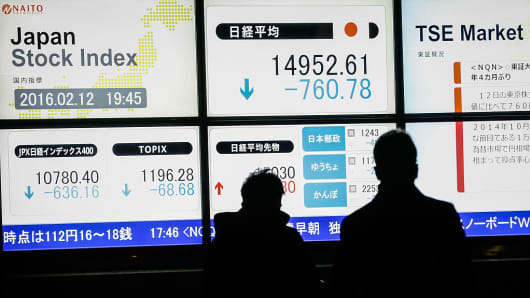Many investors question China's ability to smoothly manage a complex transition; poor trade data, high credit growth and sizable capital outflows are fueling these concerns. We disagree that rising regional banking stress is a precursor to a broad financial crisis or a trigger for currency debasement. The Chinese government, which enjoys low debt, has ample policy room to maneuver and can react swiftly if turmoil eventuates. China has sharply tightened existing capital restrictions, ramped up fiscal spending and eased regulatory policies.
A sharp Chinese yuan devaluation does not serve China's interest – quite the opposite. A significant depreciation would trigger capital flight, curtailing any benefit to growth and runs counter to recent years of structural rebalancing efforts. In fact, for the sense of crisis to fade, we believe China's top priority is to stabilize FX expectations. What's more, the Chinese yuan is arguably no more than 5-10 percent overvalued - how else could China still gain export market shares and record a trade surplus of some $600 billion in 2015?
Due to weaker U.S. growth, we now only expect two U.S. Federal Reserve rate hikes this year and expect reduced U.S. dollar strength. This and benign inflation help regional policy makers by allowing more room to ease monetary policy. Investors should still hedge against weaker regional currencies; broad weakness remains likely, just to a lesser extent. A modest Chinese yuan depreciation to 6.8 versus the U.S. dollar by the end of 2016 is still our base case. Investors should also be mindful of rising interest rates in Singapore and Hong Kong.





